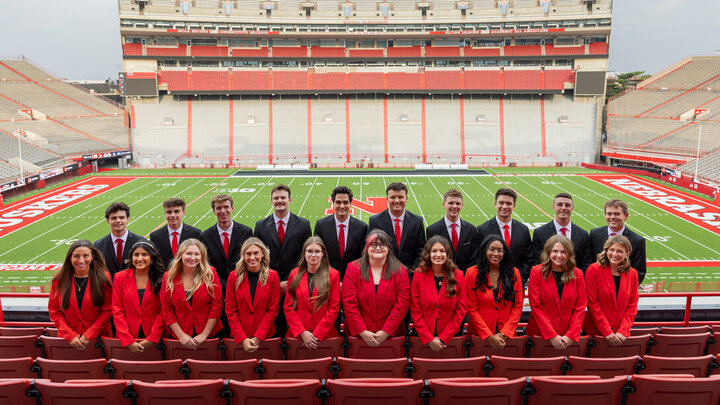Mark Brittenham and Susan Hermiller disproved a fundamental, 88-year-old conjecture in knot theory—that linking two knots together can actually produce a knot that is easier to untie.
In knot theory, people study knots—loops in space that don’t have any ends. The unknotting number is how many changes you need to make to turn a knot into a simple loop, called the unknot. The fewer changes you need, the simpler the knot. To combine two knots, called a connected sum, you cut a small piece out of each knot and glue them together to make a new one. The additivity conjecture says that if you combine two knots, the number of changes you'd need to untie the new knot would just be the sum of the two original numbers. So, if one takes 3 changes and another takes 2, the combined one should take 5.
But Brittenham and Hermiller, faculty in the Department of Mathematics, found out that this isn’t always true. They took a knot called the (2,7)-torus knot and joined it with its mirror image. It should take 6 changes to untie, but it actually takes only 5 or fewer, meaning unknotting numbers don’t always add up the way as originally thought.
"Unknotting numbers for knots have proven to be difficult to compute in general," Hermiller, Willa Cather Professor, said. "Our disproof of the additivity conjecture shows that some knots have lower unknotting number, and so are less complex, than had been anticipated."
The result, which professor and department chair Petronela Radu called "an amazing accomplishment," is the culmination of years of work.
"Our work on this began nearly a decade ago, when we settled another conjecture in knot theory by showing that the most straightforward approach to determining unknotting number simply would not work," Brittenham said. "That project gave us new insights into the mechanics of unknotting, which helped us devise our approach to this problem."
Knot theory has applications in physics, chemistry, and biology, as well as other areas of mathematics, according to Hermiller.
"For example, molecules, such as some proteins, have been shown to have different knotted configurations and researchers study how the shape of the knot can influence chemical processes," she said.
Their work is covered in New Scientist (subscription required), Scientific American, Quanta, and Matt Parker's Stand-up Maths. The original study was published on Cornell University's arXiv.
"It was very unexpected and very surprising," Brittenham said. "We knew we were looking for a needle in a haystack, which might, in the end, not even exist. But with patience and a lot of computation, we were able to find our example. And then also showed how to leverage it to give many, many more."





